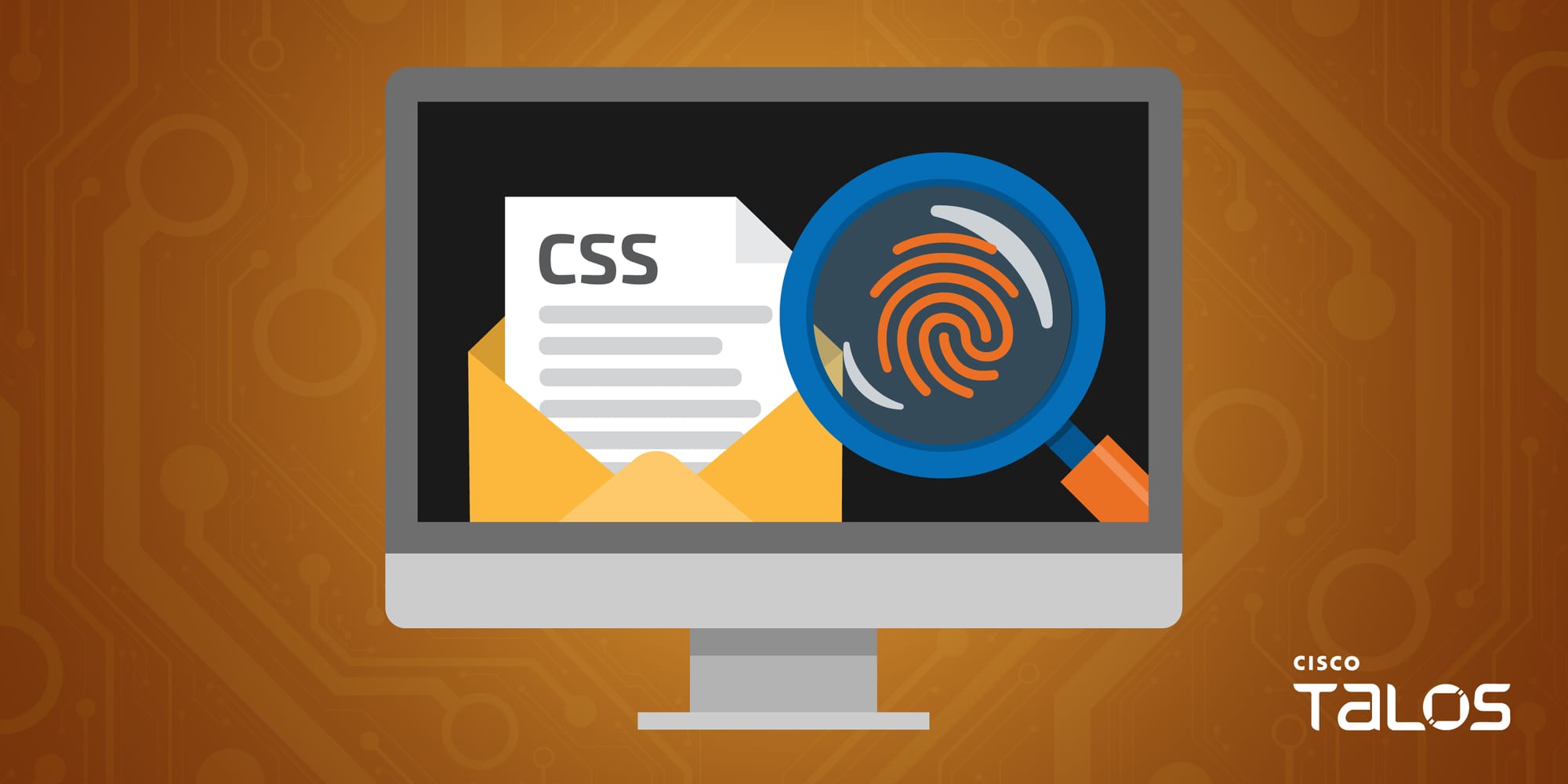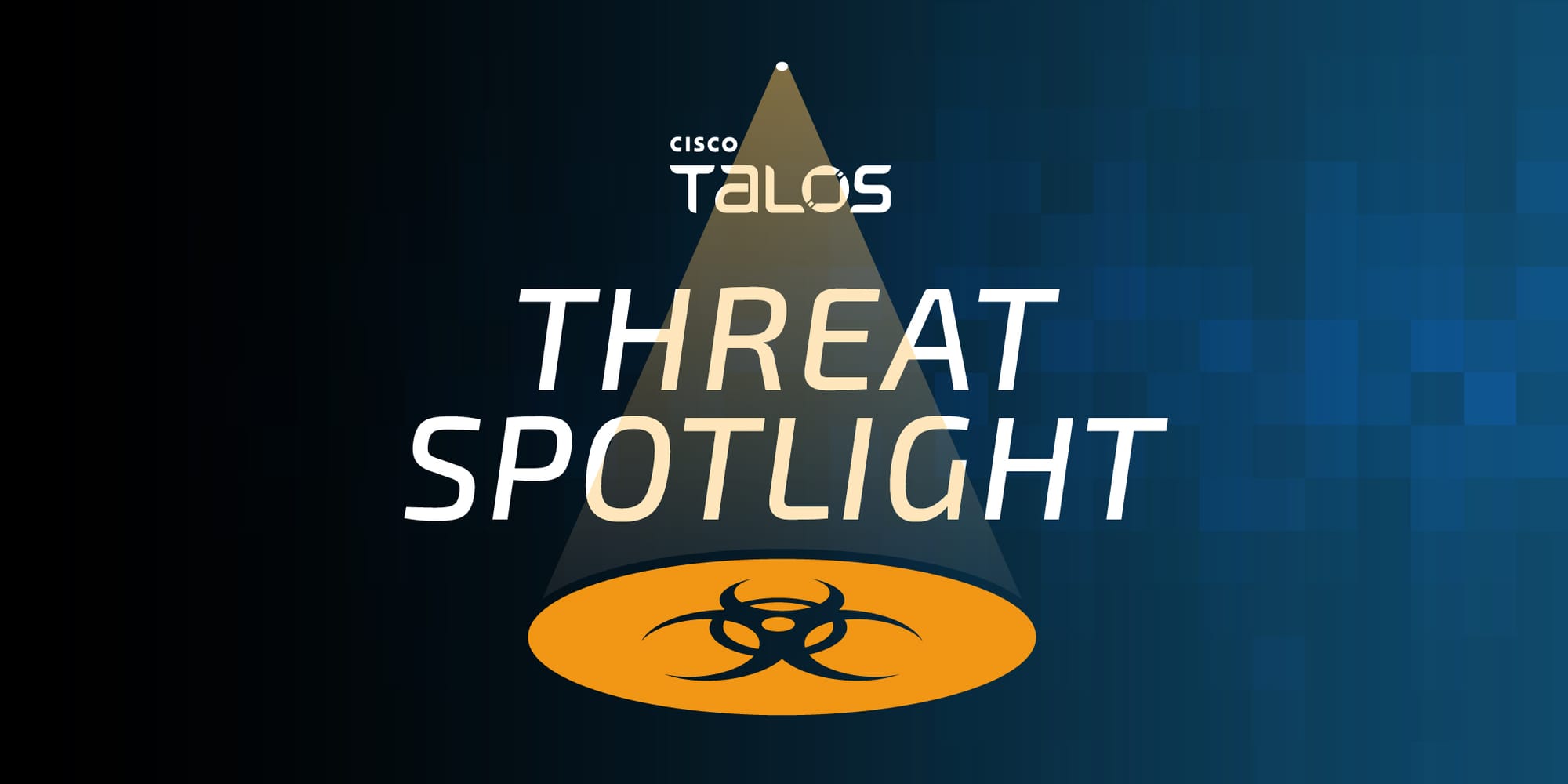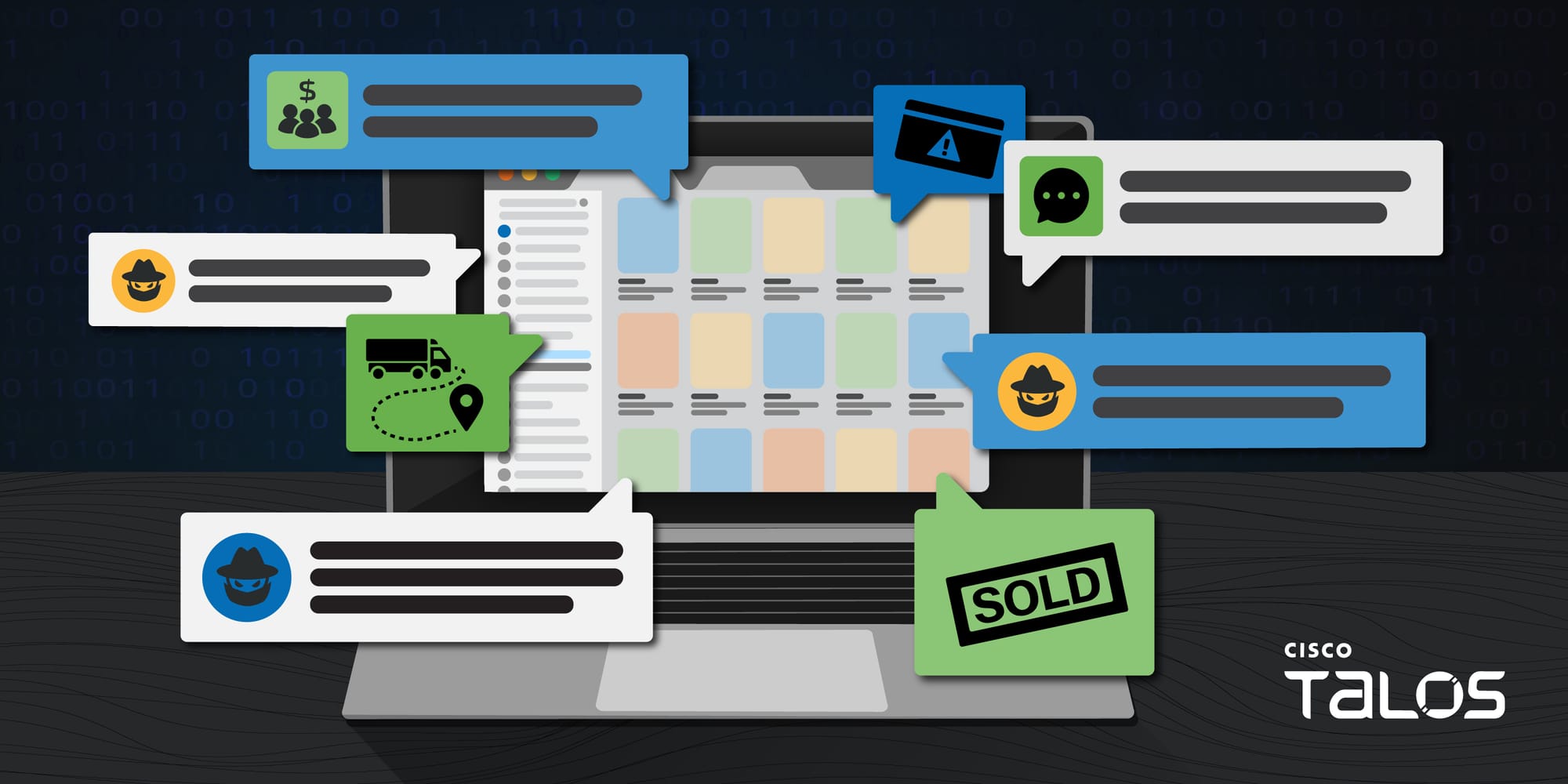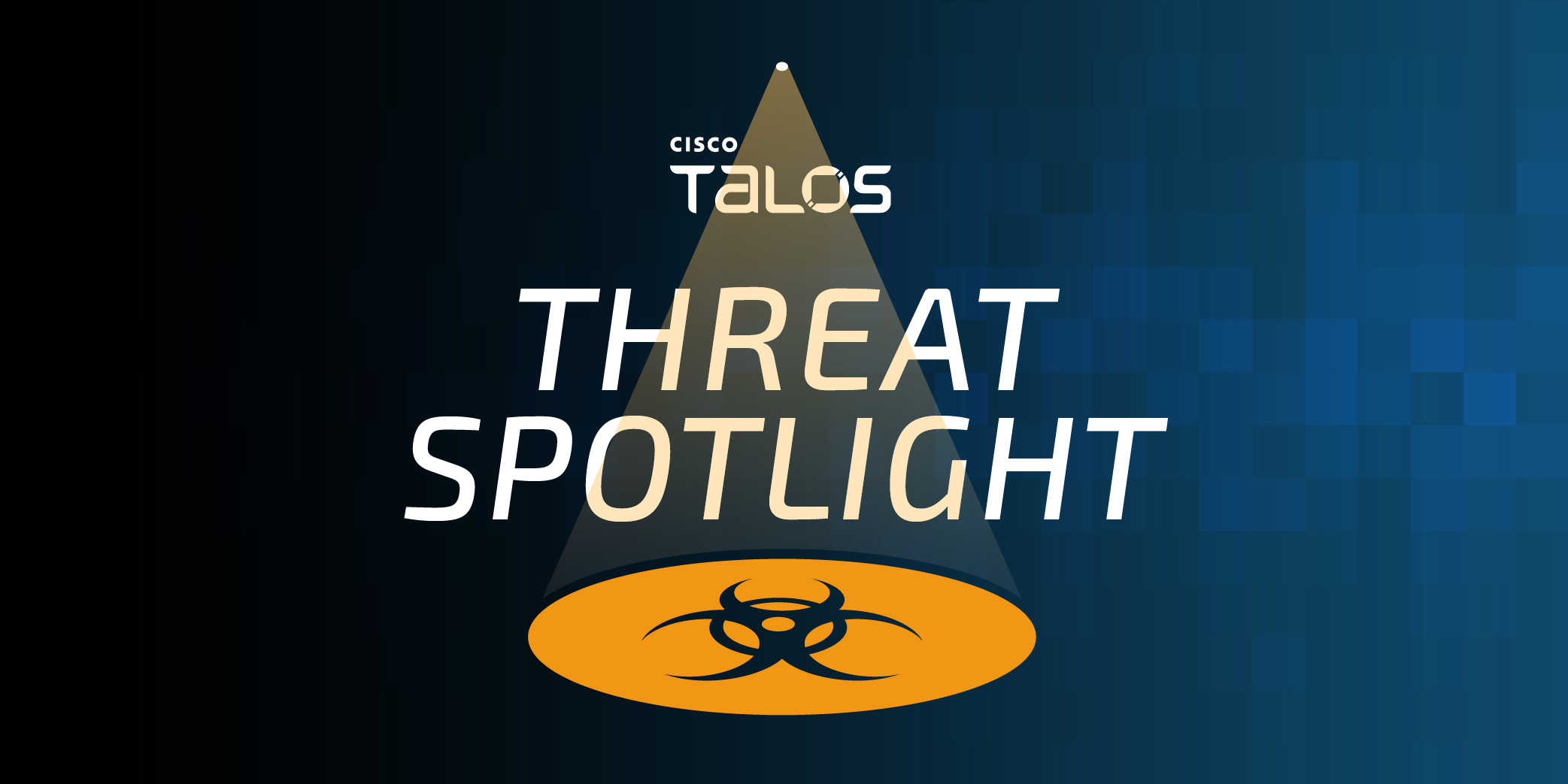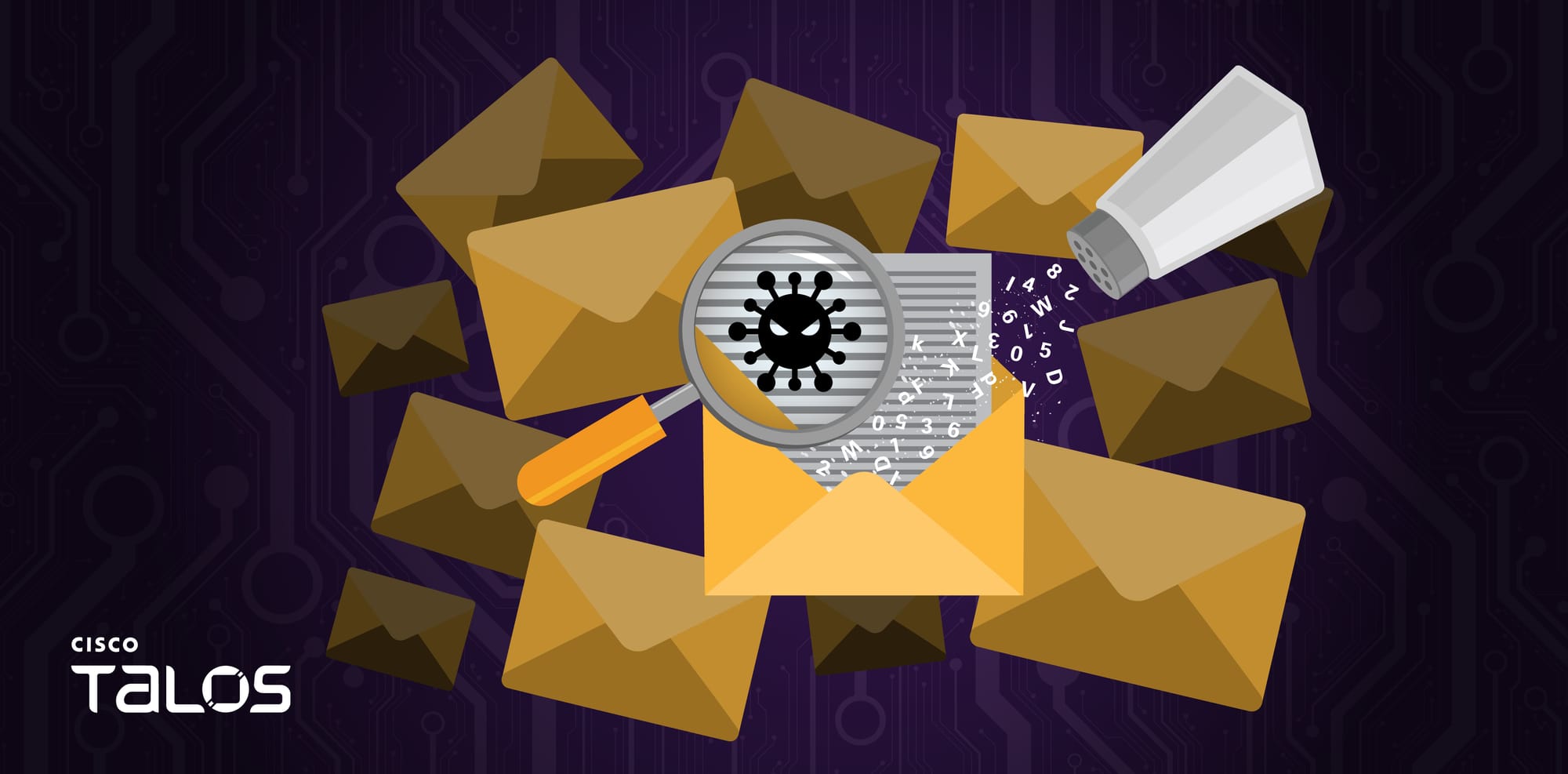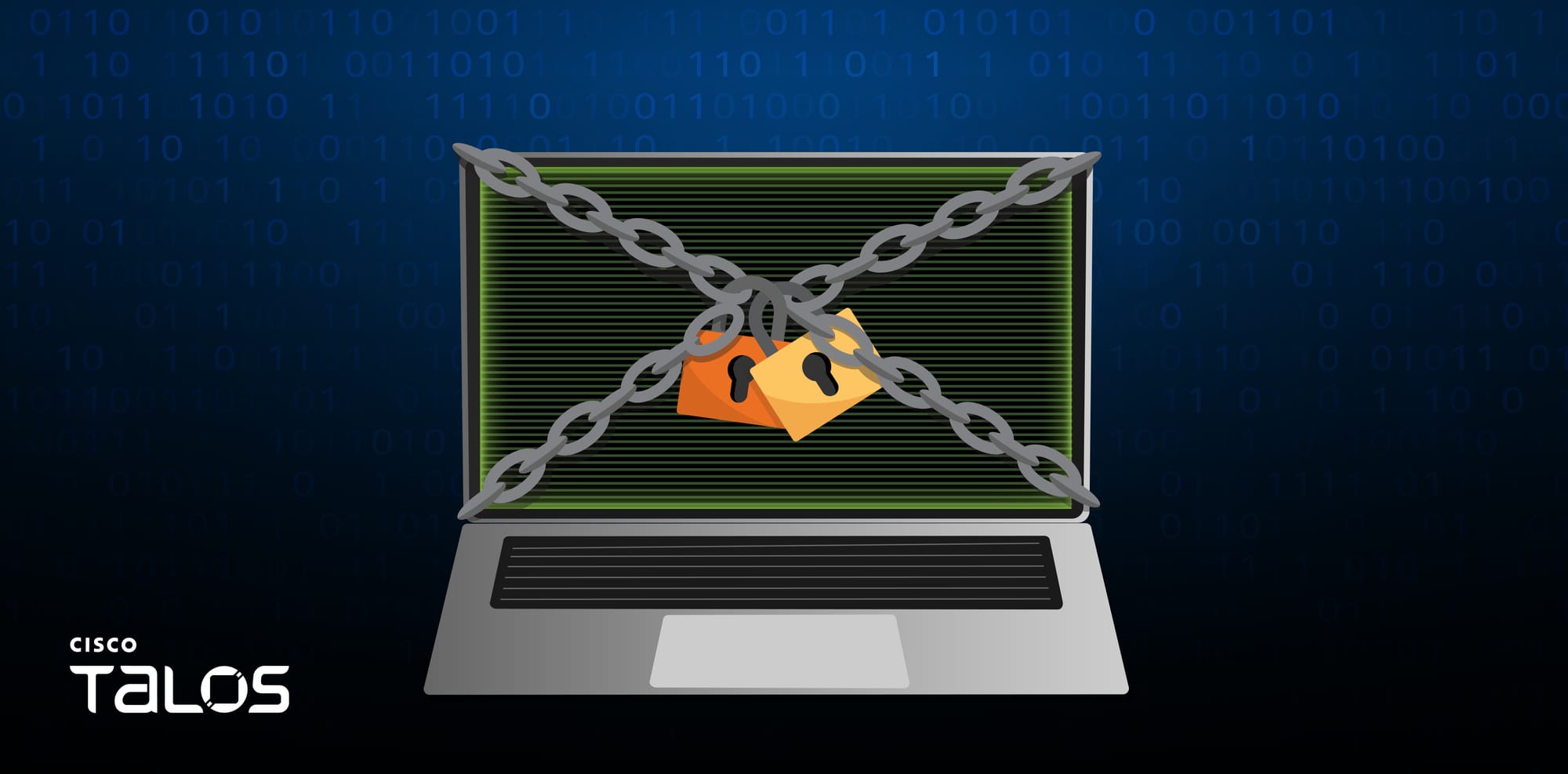Abusing with style: Leveraging cascading style sheets for evasion and tracking
Cascading Style Sheets (CSS) are ever present in modern day web browsing, however its far from their own use. This blog will detail the ways adversaries use CSS in email campaigns for evasion and tracking.
Unmasking the new persistent attacks on Japan
Cisco Talos has discovered an active exploitation of CVE-2024-4577 by an attacker in order to gain access to the victim's machines and carry out post-exploitation activities.
Lotus Blossom espionage group targets multiple industries with different versions of Sagerunex and hacking tools
Lotus Blossom espionage group targets multiple industries with different versions of Sagerunex and hacking tools
Your item has sold! Avoiding scams targeting online sellers
There are many risks associated with selling items on online marketplaces that individuals and organizations should be aware of when conducting business on these platforms.
Google Cloud Platform Data Destruction via Cloud Build
A technical overview of Cisco Talos' investigations into Google Cloud Platform Cloud Build, and the threat surface posed by the storage permission family.
New TorNet backdoor seen in widespread campaign
Cisco Talos discovered an ongoing malicious campaign operated by a financially motivated threat actor targeting users, predominantly in Poland and Germany.
Seasoning email threats with hidden text salting
Hidden text salting is a simple yet effective technique for bypassing email parsers, confusing spam filters, and evading detection engines that rely on keywords. Cisco Talos has observed an increase in the number of email threats leveraging hidden text salting.
Exploring vulnerable Windows drivers
This post is the result of research into the real-world application of the Bring Your Own Vulnerable Driver (BYOVD) technique along with Cisco Talos’ series of posts about malicious Windows drivers.
Unwrapping the emerging Interlock ransomware attack
Cisco Talos Incident Response (Talos IR) recently observed an attacker conducting big-game hunting and double extortion attacks using the relatively new Interlock ransomware.
